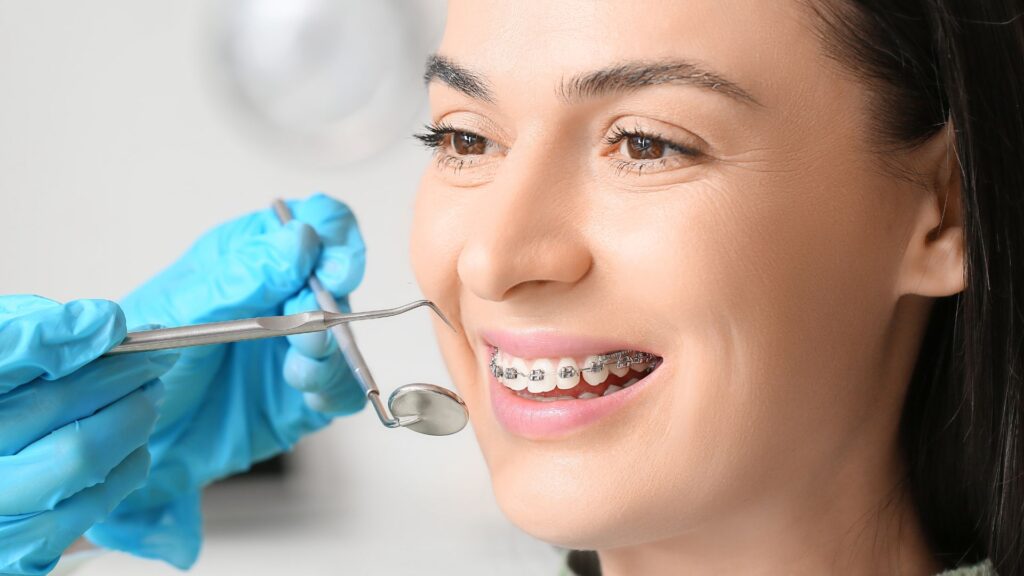Orthodontic care specializes in correcting misaligned teeth and jaw irregularities, known as malocclusions. These adjustments not only enhance your smile’s appearance but also promote long-term oral health. Treatments like braces, clear aligners, and retainers are designed to reposition teeth, improving both function and aesthetics.

Who Provides Orthodontic Care?
Orthodontists are dental professionals with advanced training in diagnosing and treating bite issues. After completing dental school, they undergo an additional 2–3 years of specialized education. Unlike general dentists, orthodontists focus solely on alignment and bite correction, avoiding procedures such as fillings or root canals.
Ideal Candidates for Orthodontics
While orthodontics benefits nearly everyone, certain individuals require it more urgently. Common issues include overcrowded teeth, gaps, overbites, underbites, and crossbites. Early intervention, often recommended around age 7, can prevent severe dental problems later. However, those with untreated gum disease or cavities must address these issues first, as orthodontic appliances can worsen oral health if applied to compromised teeth.

Popular Treatment Options
- Traditional Braces: Metal brackets and wires remain a reliable choice for complex cases. Modern versions are smaller and more comfortable than older designs.
- Clear Aligners: Brands like Invisalign® use removable, nearly invisible trays to gradually shift teeth. These are ideal for mild to moderate alignment issues.
- Retainers: Post-treatment retainers prevent teeth from shifting back. Compliance is key—skipping wear can undo years of progress.
- Palatal Expanders: Used primarily in children, these devices widen the upper jaw to create space, reducing the need for extractions.
Benefits Beyond Aesthetics
Straight teeth are easier to clean, lowering risks of cavities and gum disease. Proper alignment also enhances chewing efficiency, reduces jaw pain (linked to TMJ disorders), and can even improve speech clarity.
Considerations and Challenges
Orthodontic treatment demands patience. Treatment duration varies—some achieve results in under a year, while others need two years or more. Maintaining oral hygiene is critical, as food particles trapped around braces can lead to decay. Regular check-ups ensure progress stays on track.
Long-Term Results
With consistent retainer use, results can last a lifetime. Neglecting retainers, however, allows teeth to gradually revert. Orthodontists often recommend nighttime wear indefinitely to preserve alignment.
When to Consult an Orthodontist
Seek advice if you notice bite issues, difficulty cleaning teeth, or aesthetic concerns. Many orthodontists accept patients without referrals, but your dentist can provide recommendations. For children, an evaluation by age 7 helps identify early intervention opportunities.
Final Thoughts
Orthodontics merges art and science to create healthier, more confident smiles. Whether for function or aesthetics, consulting a specialist can open the door to lasting oral health benefits.



